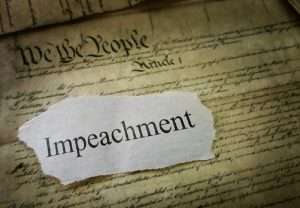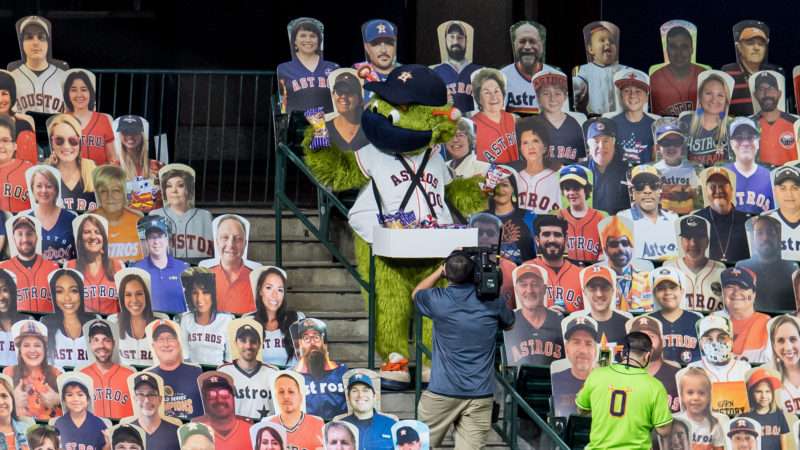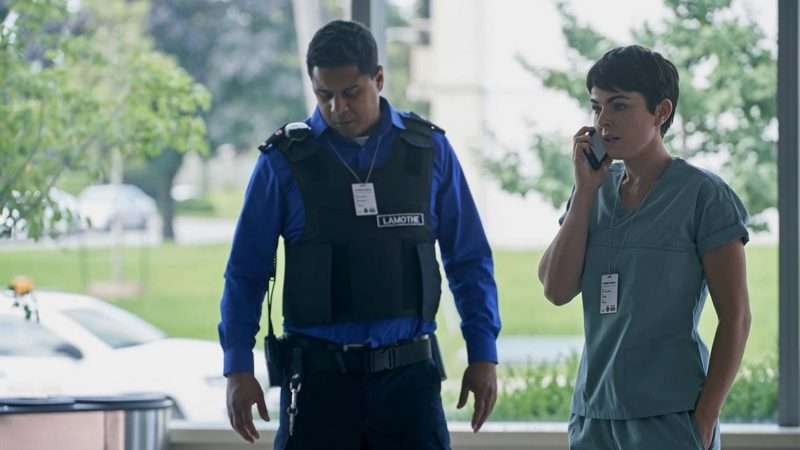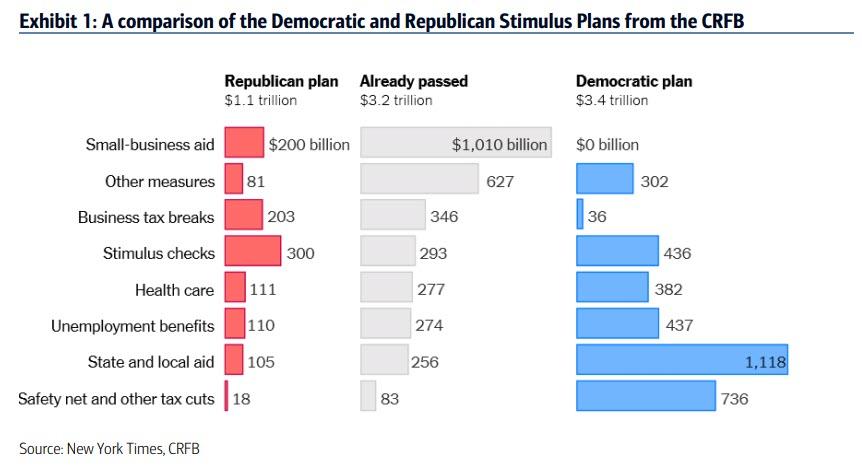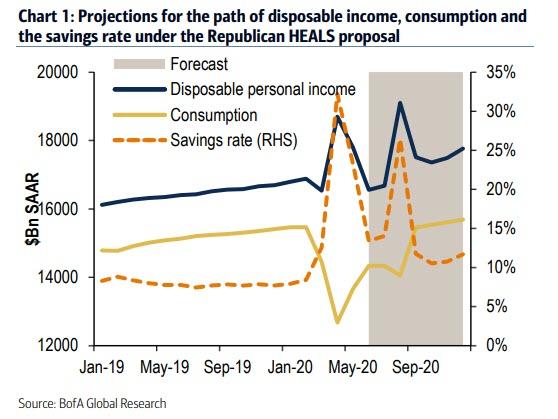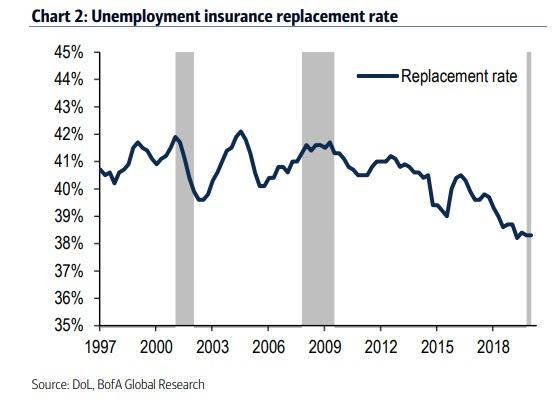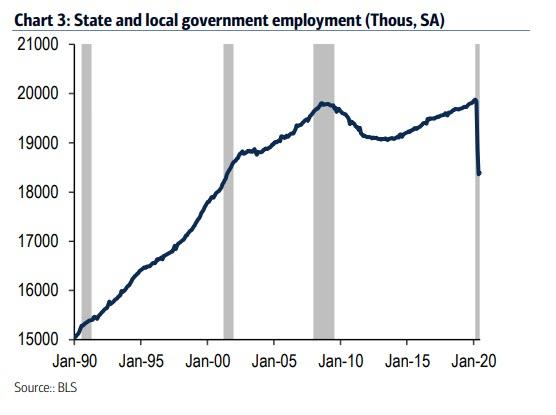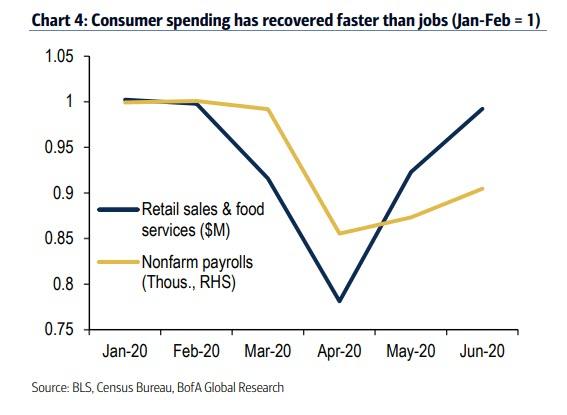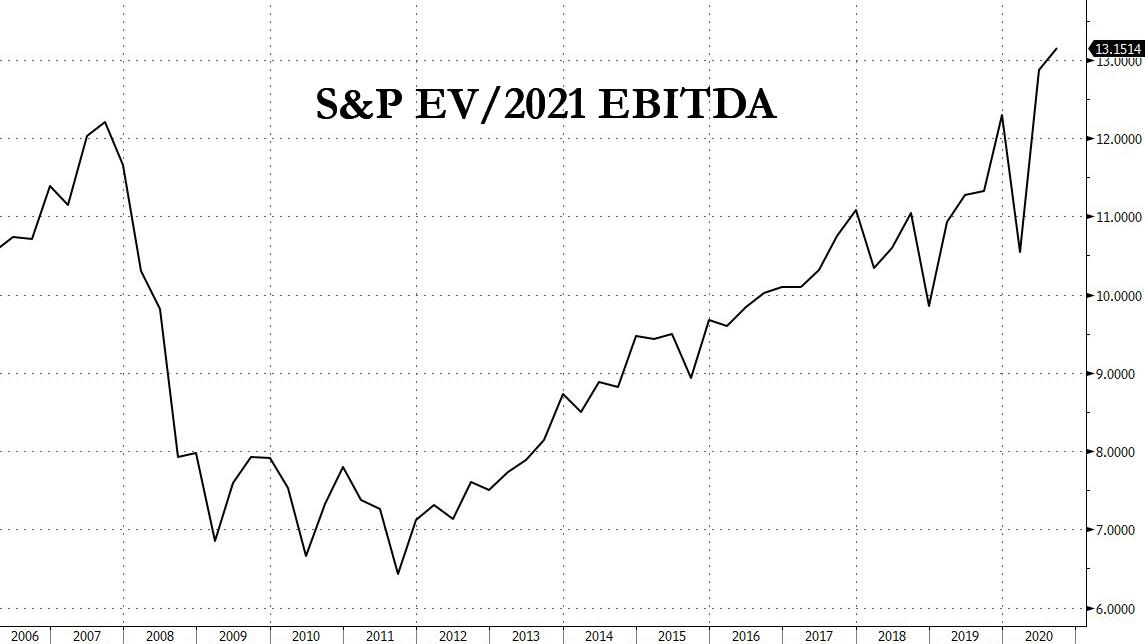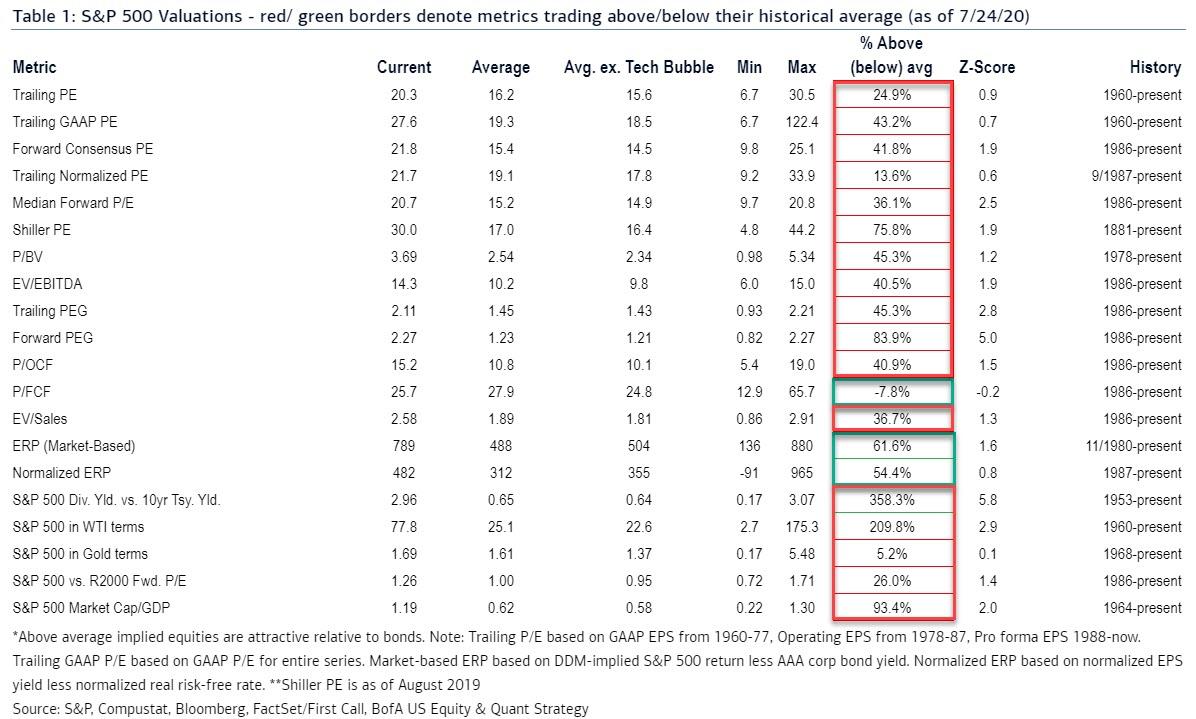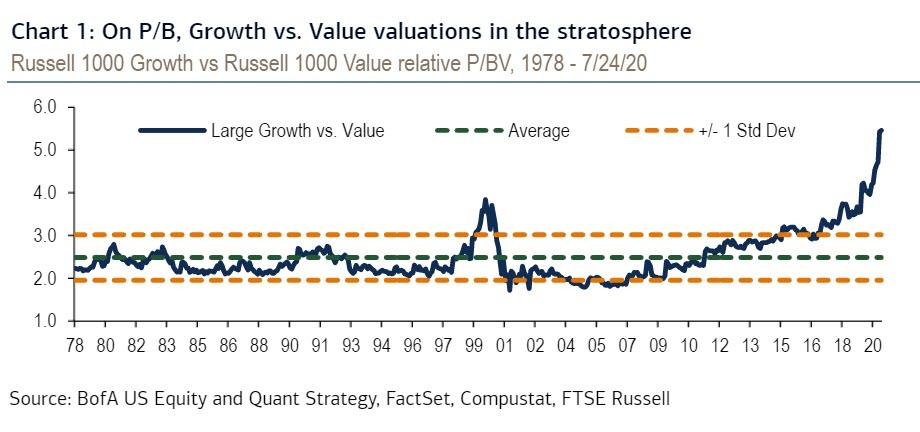In his useful post on the Federalist Society, Josh Blackman notes
My general policy is to not sign any statement I do not write–that applies to letters and briefs. When you put your name on something that someone else wrote, you have limited input. You can’t request changes. There may be things you agree with, things you disagree with, and other things about which you are not certain. But putting your signature on a document requires you to accept everything, in toto.
My views on this have evolved a bit over time, but I find myself closer to Josh’s position than I once was.
As a citizen, I represent myself and my one little vote and voice in the American democracy. In collective actions, whether marching in the street, attending a rally, or signing a petition, my contribution as a citizen is to add numbers to a political effort in which numbers matter. If I sign a petition saying the Firefly should not have been cancelled, all I have to contribute is a number.
As an academic, my contribution is different. If I am asked to sign something that emphasizes my institutional affiliation or professional title, presumably the reason is because my expertise is supposed to matter in that context. But if what I’m offering is expertise, then the only thing I have to offer is my own considered opinion based on my own research and expertise. I’m not just backing a sentiment or contributing to numbers. I’m offering a reasoned argument and a conclusion based on reasoned argument.
I have not gone so far as to say that I will only sign the things I write. It is possible for someone else to write something I agree with, and as with any coauthoring relationship the result might be better if I do not write it all myself. But I have become much more reluctant to sign collective statements.
If I am going to sign on to something, the list of contributors has to be small. When the emphasis is just on gathering names, then the effect can be to water down my own contribution. If I have expertise to contribute to a public issue, it would seem to hurt rather than help the cause for me to join a letter signed by hundreds of others who have no credible claim to expertise on that issue. It is perfectly reasonable for me to be one of thousands of citizens signing a petition, but it makes little sense for me to be one of thousands of professors endorsing a statement.
If I am going to sign on to something, the subject matter has to be in my scholarly wheelhouse. I cannot in good faith add expert support for something about which I am not expert. If I am lending my scholarly credibility to something, I need to have scholarly credibility to lend. Readers are often in no position to judge whether the signers of a given letter all have relevant expertise, and so the burden is on me to not send false signals. There are lots of things I think are right, but I should be able to distinguish in my own mind whether I think something is right because I have a considered scholarly view on it or simply because I have an amateur opinion about it. I should not hold myself out as a scholar while giving my amateur opinion, and generally speaking in both cases I should be willing to explain my reasons and not just state my conclusion.
If I am going to sign on to something, I have to agree with everything in it. A letter or brief might not be exactly how I would have written it myself. There are compromises that must be made in every collective enterprise, but if I am asked to sign on to a thirteen point plan I have to be willing to own all thirteen points. The organizers of such efforts certainly expect the reader to think that everyone signing on to a letter endorses all its major claims. That’s the point of being able to wave around a faculty letter with hundreds of signatures. I would be misleading others if I signed something but had a private list of reservations. If I allow others to represent that I support something that I do not in fact support, then I am fostering a lie and polluting the public square.
If I am asked to sign on to something, I have to think carefully about whether the point is better made through a collective statement or through an elaborated individual argument. There are times when collective statements matter. If a claim is well outside the scholarly mainstream, it is useful for scholars to stand up as a group and say so. If a point is primarily a political one relevant to some collective of which I am a member, then I should stand with the group. But if the point is a contestable claim about which scholars of good faith and competence disagree, then I have a responsibility to not pretend like there is more consensus than there is and to explain why exactly I have reached this particular conclusion on this particular point. I should be trying to persuade and not just impress others with the weight of authority. My default assumption is to think that what I have to add to a public conversation is my considered opinion as a scholar with relevant expertise, and that is usually best conveyed in my own voice.
from Latest – Reason.com https://ift.tt/2Pd9urM
via IFTTT

